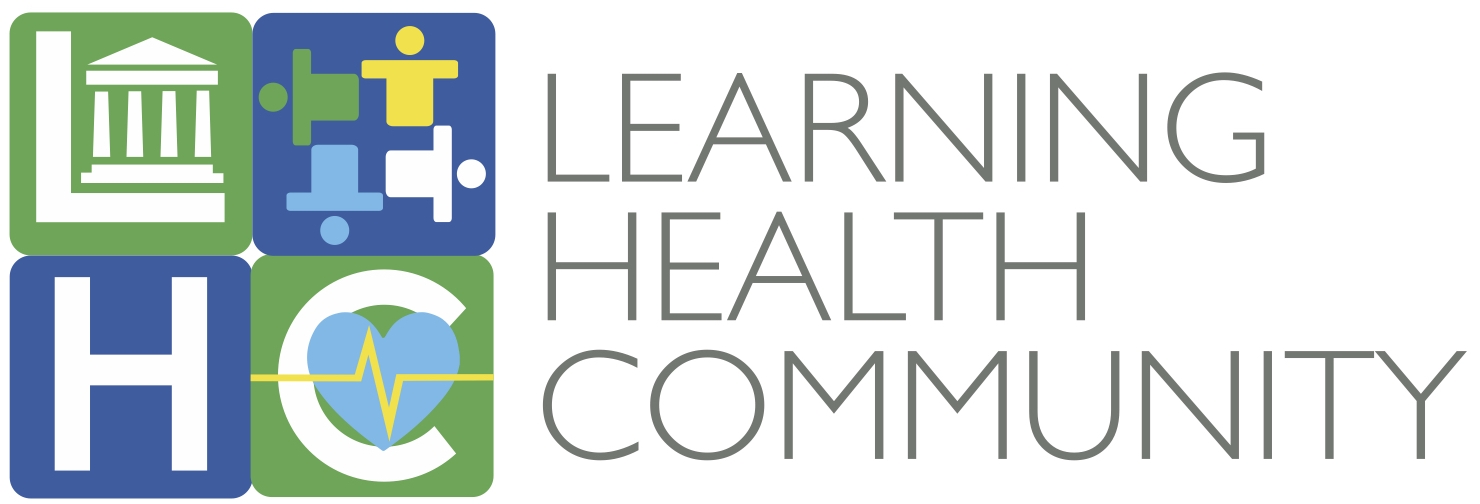The massive Change Healthcare data ransomware attack follows an obvious problem pattern, and experts are working to develop solutions. For the Change Healthcare and other healthcare data breacheshacks, root cause analysis points to the same common denominator: large collections of information that become a target.
Although the picture of the future healthcare data security is not perfectly clear, the tools and shape of the solution are coming into view. In short, distributed data is the direction. Data not included in a centralized repository cannot be stolen from it. Further, stealing the second or third set of records requires the same effort as the first; there are no economies of scale.
Realizing an operational system built upon distributed data means providing clinicians, researchers and payment groups with access to the data they need at the time they need it. Such suggests what Trust Over IP Foundation calls a “digital trust ecosystem”, and a complete rethink for healthcare data storage and access.
Before large scale changes and the years-long transformation timeline, however, smaller scope use cases exist today for private and secure distributed healthcare data platforms. Such offer more isolated, proximate and manageable implementation requirements, and can allow lessons learned to guide larger implementations. Importantly, distributed data solutions are being developed and used by almost everyone in areas outside of healthcare, such as retail merchandising, which provides light on the path towards integrating distributed data solutions in both small and large scale healthcare use cases.
Key tools and technologies work together to ever improve the consumer experience in retail merchandising. These currently include smartphones, with secure elements for the distributed storage and retrieval of private information; end-to-end data encryption; tokenization, to protect the most sensitive data by keeping it out of the transaction; radio frequency identification (RFID) and near field communication (NFC), which allow for secure contactless transfer of private information during transactions; digital wallets, which provide a convenient, secure location for payment and other transaction information such as credit cards, airplane tickets, hotel keys, and even car keys; and contactless biometric identification to ensure a positive person-account match. With these available tools and technologies, the time is right for building distributed data solutions for healthcare use cases small and large.

